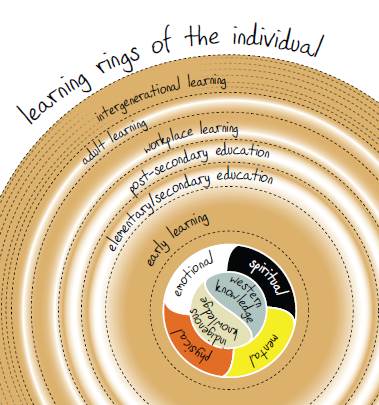Gleanings of the Week Ending March 23, 2013
/The items below were ‘the cream’ of the articles I read this past week. Click on the light green text to look at the article.
 First Nations Holistic Lifelong Learning Model - Graphic used in Aboriginal Worldviews and Education course on Coursera
First Nations Holistic Lifelong Learning Model - Graphic used in Aboriginal Worldviews and Education course on Coursera
Redtail hawk and heron bird cams - First redtail egg laid on 3/14, herons expected soon….at the Cornell Lab of Ornithology site
Photos of Glasswinged Butterfly - butterfly without pigment in their wings found in Central America
Sakurajima Volcano Eruptions - photos and video from February
Some Great Ideas For Spending Spring In The National Park System - I am going to enjoy the National Cherry Blossom Festival this year…but the other ideas on this list sound good as well.
Pantanal: Liquid heart of South America - Video about the giant South American wetlands
What Coke Contains - It is pretty complex
Which Google Reader Replacement Will You Use? - Aargh! I hate when things like this happen...Google Reader was my favorite way to keep up with my RSS feeds.
Where Siri Has Trouble Hearing, a Crowd of Humans Could Help - Combining the best talents of machines and people for speech-recognition. What other problems might use this same approach? And use very inexpensive labor. Is this a new kind of sweatshop?
Monarch Migration Plunges to Lowest Level in Decades - Sad. Years ago we raised monarch caterpillars to butterflies that we released. Now we rarely see monarchs in our part of Maryland.
US Home Energy Use Shift (Charts) - Changes between 1993 and 2009 (space heating down….appliances, electronics, and lighting up).
AmpleHarvest.org - A site to help coordinate gardeners that may have seasonal surplus with food pantries near them.























